This Workshop has been held in Naba in the spring of 2011 with the participation of Tupperware
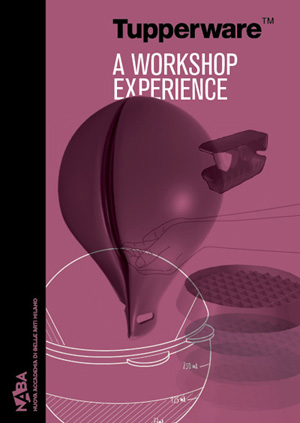
Testimonials: Vered Zaykovsky
Magnimod et que consero vendae estios magnis sit voluptur, comnimetur? Qui nam alicat ent quam eos et ut et re eaquae asit volendunt quo demolup tasperia cor simillorum dolores tisquam laci solore pa di volupta quatibus nisint, sit enimus untibuscium fuga. Nume odia des eaquo maximus ut fugitatum reprereiunt a volo volorerit qui utas ni dolore magnatus nonsequissin et as a dolorei cipsandame plitium verum ut re et labo. Itasper sperrum sapiden denetur? Qui dessum fuga. Et exerios volest am aut et illicimpor aut que nam lande vero volupit inusaecus dolorem earum ad molore, ento veritate acerorestium velia sit ma net pratem rate comnis audi ipsam id quide non con ex et oditia volesen daecus aut rem quis et a ilignim usaperibus, cone volorporro idem eosam ea digenim harum escium fugit, conem et fugit millest endia volupta spedica tquaes conseris sae eum nam, sinvent occuptam ipsam fuga. Itatam, quid qui dolupie ntusciis simaio es excerum etur sitae. Luptatqui qui doloratet ut pre simposs equaectur?
Vered Zaykovsky, BA courses director
NABA Design School
Testimonials: Simone Pallotto
For over 60 years Tupperware has been designing products that help simplify people's lives. Saving time and money for the consumer by helping to keep food fresh has always been one of Tupperware's most important goals. Today Tupperware offers products for storing food, food preparation, cookware, storage, and serving items.
A few years ago Tupperware started design collaborations with Universities globally. The aim was to inspire, foster and develop fresh ideas directly from local habits. After Singapore, India and Mexico we choose Italy and Milan for its famous and trendy European urban lifestyle.
From the first contact on Naba was very enthusiastic to collaborate with us. The group worked in a compressed schedule and it was able to produce extended and richly illustrated findings on urban living. Their studies focused on the preparation and consumption of street food. Inspiring design concepts were developed, all responding to the needs of young city dwellers. Some concepts had emphasis on the refined aesthetics thanks to fluid shapes and the use of new materials, while others were more practical and for daily use.
Simone Pallotto, product designer
Tupperware Worldwide
NABA'S STAFF
Vered Zaykovsky, director
Zoran Jedrejcic, professor
Alessandro Busseni and Vito Manolo Roma, assistants
TUPPERWARE'S
Simone Pallotto, product designer
STUDENTS
Michele Bianconcini, Lodovica Guarnieri, Astrid Luglio, Gaia Bottari, Antonio Feroldi, Aimone Maltese, William Raffredi, Luca Maria Arosio, Paolo Emanuele Nava.
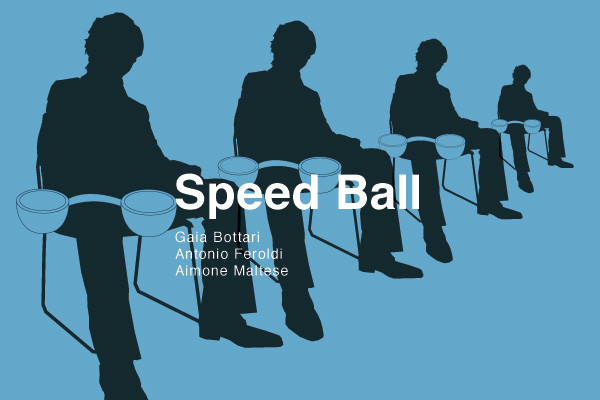
The improvised space
With the objectives in mind to design a Tupperware product for a younger public, we defined several themes, based ond postures, movements and gestures, highlighting new behaviours in the fooding experience. Analysing different foods, eating tools and public or private eating places we noticed the habit of eating in new and improvised space, that push the user to use his body as a tool for eating, as a natural prothesis that connect the man to the food.
Selected Project!

prototyped by Tupperware
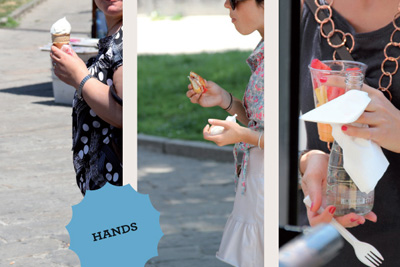
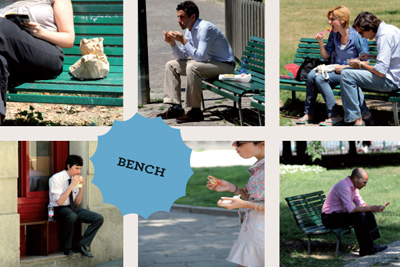
A new way of eating out
Once collected and analysed all the informations required, we designed a new Tupperware product: SPEED BALL.
Based on inusual shapes and lines for the brand, SPEED BALL promotes several emprovements from the transportation to the food access and consumption.
SPEED BALL is a lunch bag that contains two different “tupperwares”. Open, the SPEED BALL becomes an even plane you can lean on your legs and lets you eat your meals at ease. The two bowls could be easily removed from the transport guide, making easier the preparation of meals, the consumption and the cleaning process.
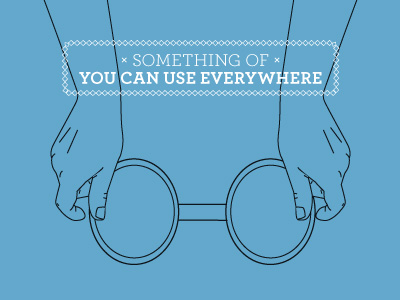
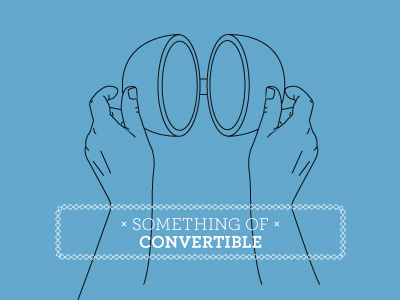
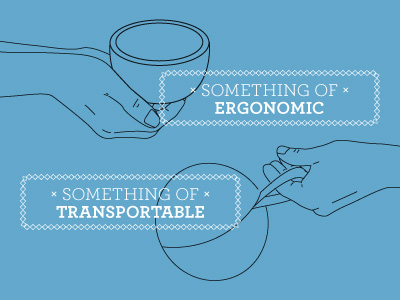
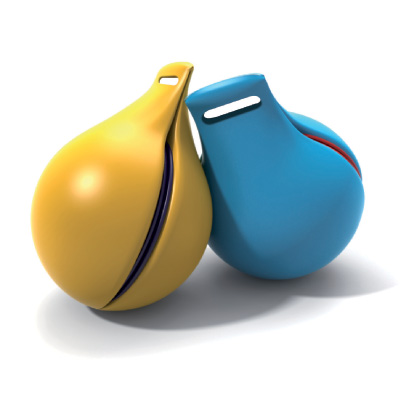
SPEED BALL, the lunch bag
SPEED BALL introduces a new way of interacting both with the food and the place where you consume your meals.
SPEED BALL is a bag that contains two different “tupperwares” making easier the transportation when is closed and the consumption when is open. A magnet hidden under the logo makes the open/close task really fast and secure.
All parts could be split, making the cleaning process easier and effective.
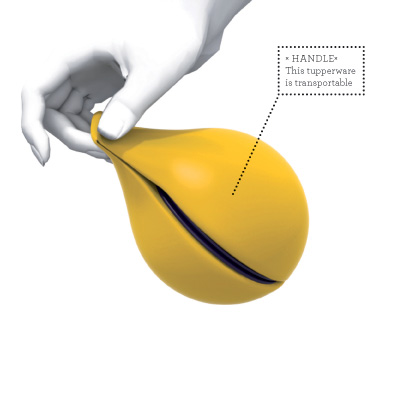
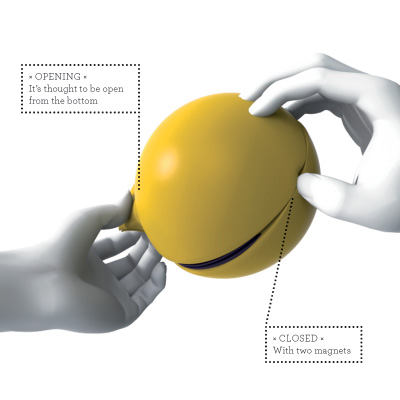
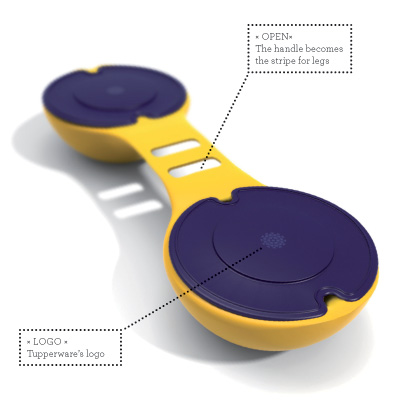
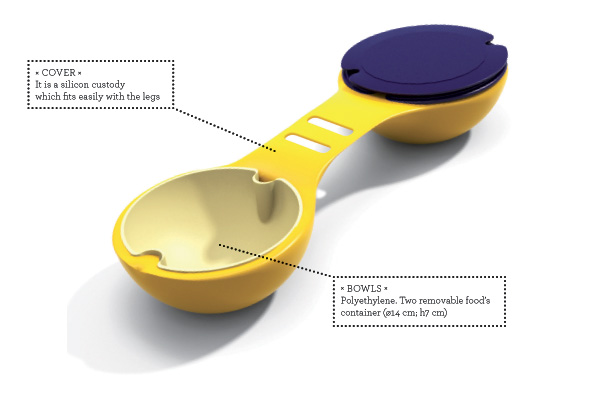

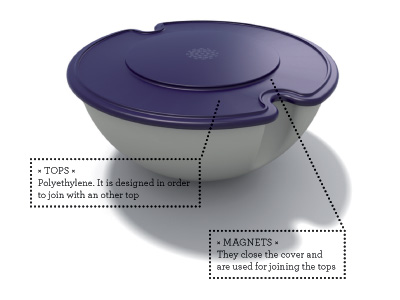
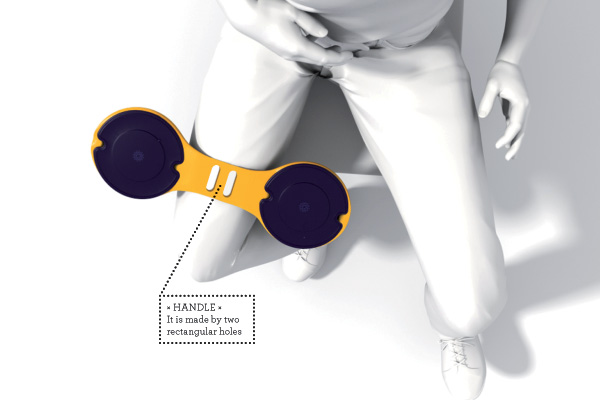
SPEED BALL
è un progetto a cura di:
Gaia Bottari
Antonio Feroldi
Aimone Maltese
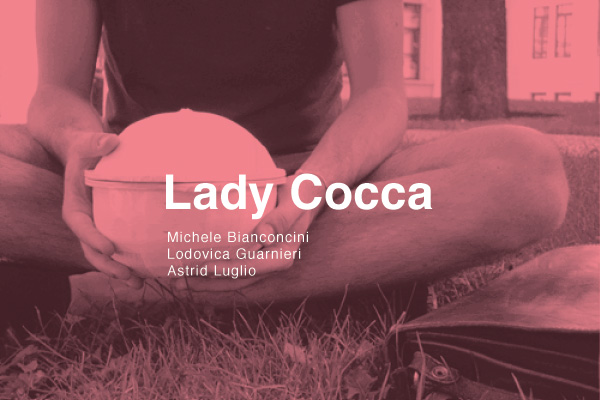
Self-Food
Plate-body and plate-food: how does food help us eating in mobility conditions.
The condition of mobility is changing the concept of eating on all its sides. Nowadays we could notice a progressive evolution of a new food’s ethic and aesthetic, but also of plates, gestures and behaviours related to it.
We focused on all that kind of food which simplifies the “urban-eating ritual”: artificial or man-made (ice cream, kebab, sandwiches, ...) but also all the natural food which seems suited for the needs of cleaning, portability and portions (bananas, oranges, avocados...).
We tried to make an overview on what we called “self-food” and on all the gestures and behaviours linked to it.
In the end we found two macro-areas of research: the “plate body” and the “plate food”. The first label deals with all behaviours that force our body to become a “fork”, a “bowl” or a “table”. The second tries to identify all the types of food which provide a “dish”, a “packaging”, a “bowl” or a “fork” themselves.
We found out that this way of looking at body and food as natural eating tools brought to other interesting inputs like food as a disappearing or reversible plate (ice-cream cones...) or as portionable or shareable, like the avocado or the watermelon, which are natural bowls.
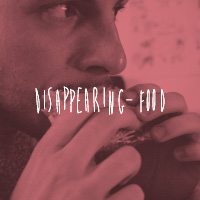
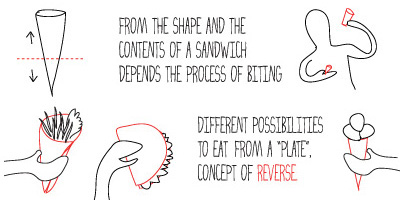

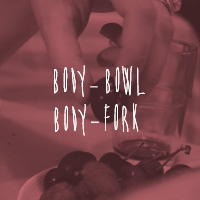
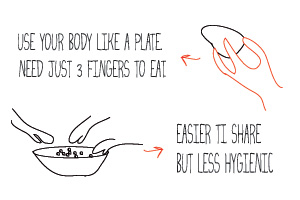
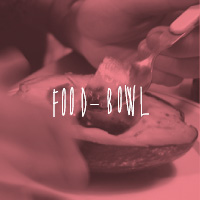
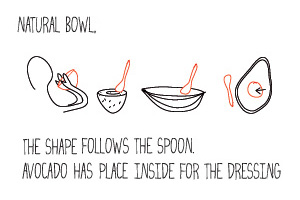
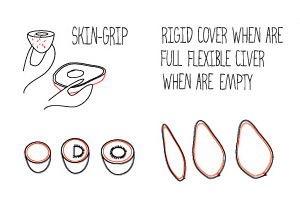
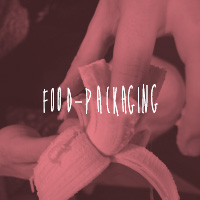
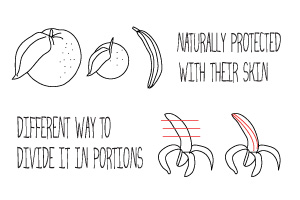
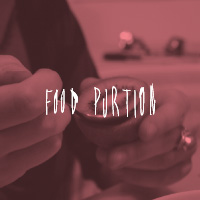

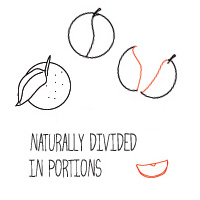
Playing with spheres
Reversibility, optimization grip and flexibility
The first level of research helped us in the identification of the features that our object should have.
We focused on the skills of fruit and vegetables skin, in particular on its changing flexibility which depends on its being empty or full.
We translated this characteristic with a dish or packaging ability in the optimization of space.
We noticed also that some peels (like the kiwi one) provide a sort of a grip, which avoids fingers to slip.
While eating the ice-cream we reported our use of the cone like a “reversible dish” that we can approach in two different ways one from the top and one from the bottom.
So in the end we identified what should be our object skills: it should be used in different ways (reversibility), it should optimize the space of a normal plate (optimization), it should have a good handle (grip) and it should be flexible
and adaptable (flexibility)..
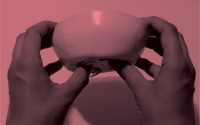
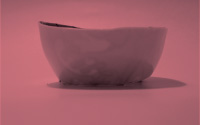
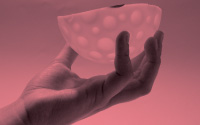
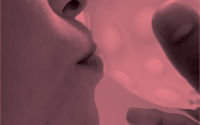
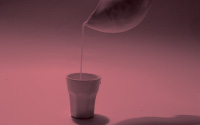
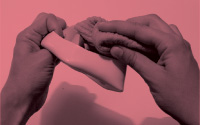
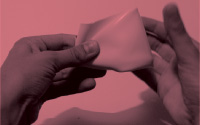
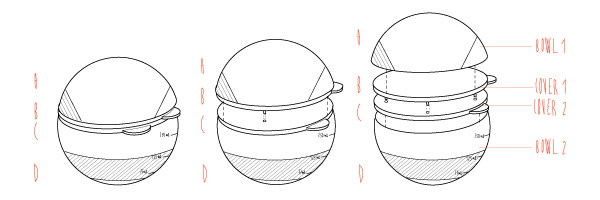
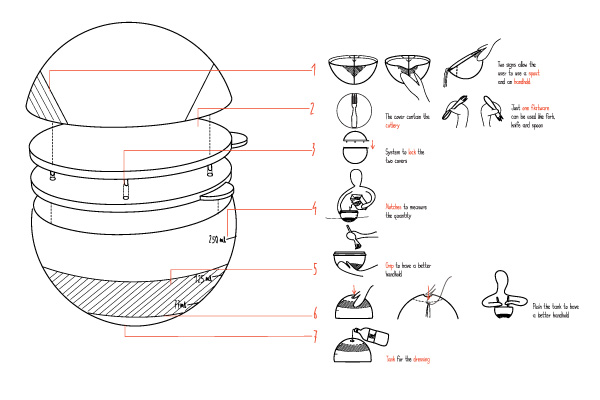
Lady Cocca
Prepare, eat and share with one tupperware
The final result is Lady Cocca. Main features are its spheric shape, which is actually divided in two non simmetric parts, and its material (ipothetically silicon) which gives it the possibility to be used in all our relations with food (preparing and eating).
Lady Cocca is a “tupperware” which accompanies us from the kitchen to the street. It works as a cookware and as a measure tool for the preparation of different meals. You can use its double parts both for containing different meals and for sharing them with friends, if you’re eating outside. A bag applied to the inner bottom works like a container for the dressers, especially for the salad.
The skin’s rigidity degree depends on the “tupperware” emptiness or fullness; this characteristic optimizes the use of space when Cocca is empty. When pressed, it becomes a disk, easy to put everywhere in your bags, shelves or drawers. This flexible skin enables you also to wash the “tupperware” reversing it.
What makes Lady Cocca funny and easy to relate with is its shape and material, with which you can play and invent a new use every time you’re cooking in the kitchen or eating in the streets.
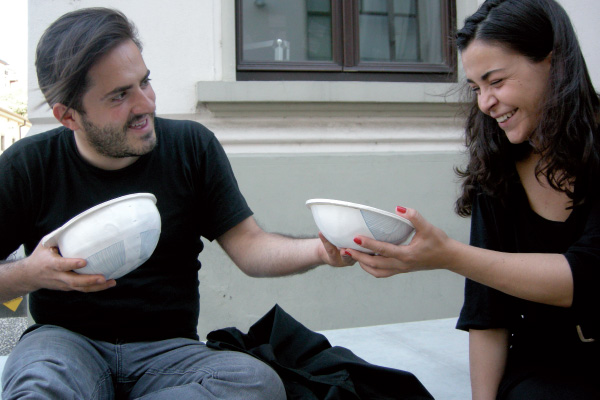
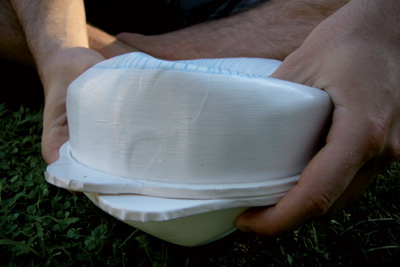
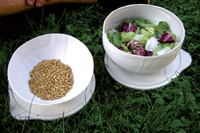
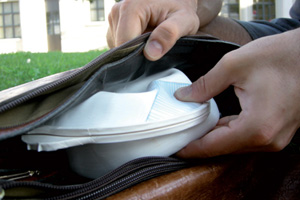
Lady Cocca
è un progetto a cura di:
Michele Bianconcini
Lodovica Guarnieri
Astrid Luglio
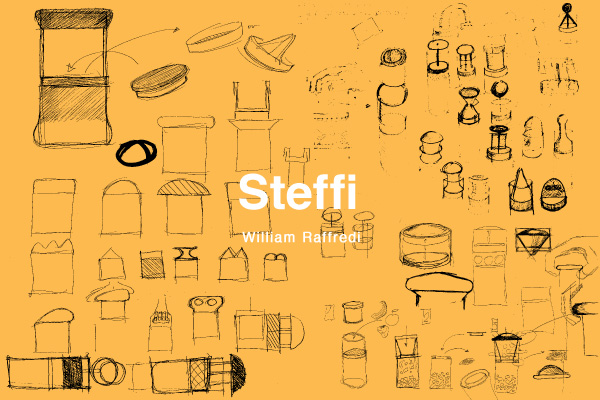
Daily diets
After a research focused on working population’s daily diet, we discovered that they are not used to eat a lot of fruits frequently. One of the main reason of this lack is the difficulties and large amount of time you need to prepare a fruits or vegetables’ salad instead of buying and eating a pre-packaged food.

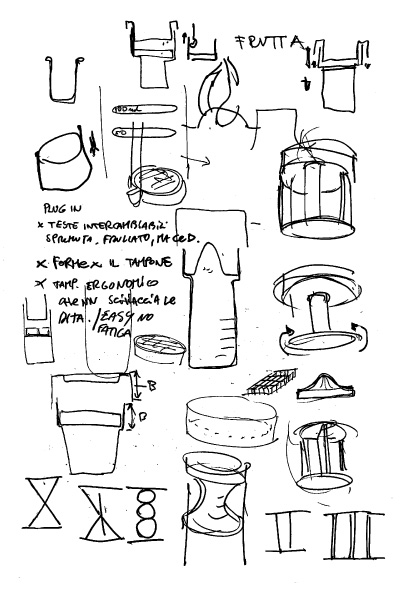
Chopping fruits
To simplify the procedures of “cooking” fruits we tried to create a playful and simple experience for the user. Steffi is a tool that let you cut fruits in all possible ways with just the pressure of your hands and then let you to bring your fresh “macedonia” wherever you want.
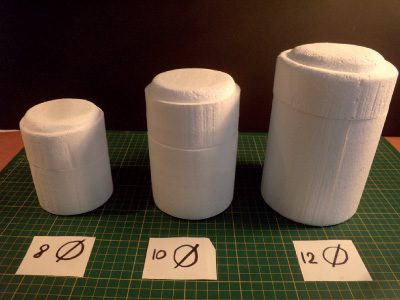
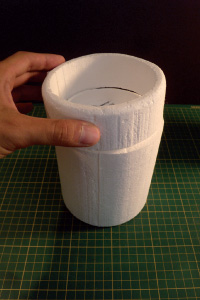
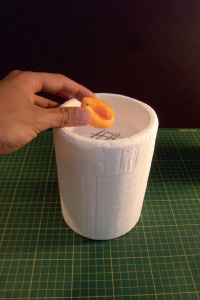
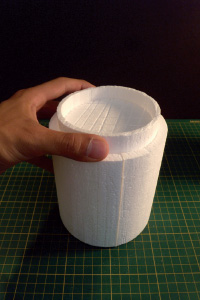
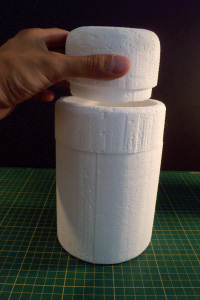
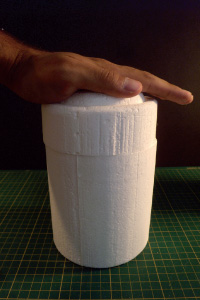
Steffi
With a system based on pressure and force of gravity, through the top of Steffi, the user push the food on a sharpened surface, cutting the fruits in the size and shape required by its nature and/or for a specific preparation, letting them fall in a bowl beneath. Steffi’s dimensions have been designed for easy transportation, but also on a modular base the let you expand your Steffi’s set. All Steffi’s parts are separable and easy to be cleaned.
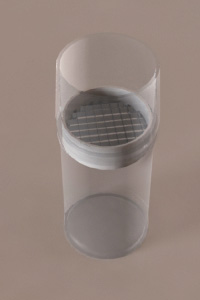
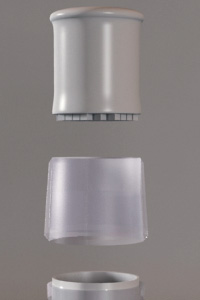
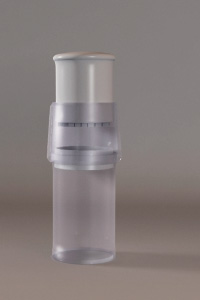
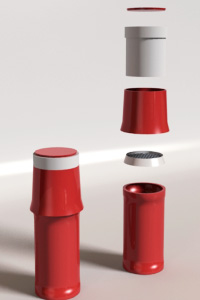
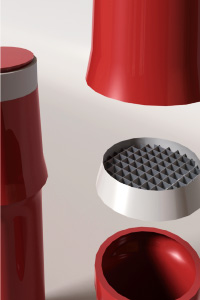
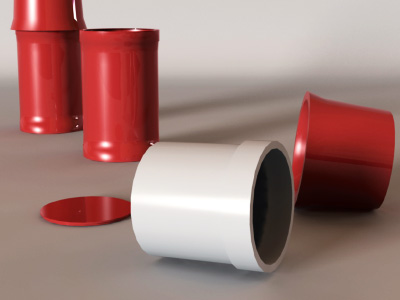
Steffi
è un progetto a cura di:
William Raffredi
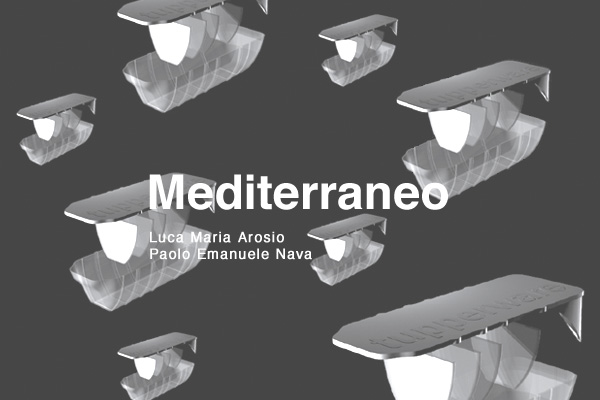
Volumetric analysis of pasta
Knowing the benefits of pasta means to choose to live well and in good shape eating good dishes.
The basis of our culinary tradition, pasta, was considered for many years the true enemy of a light diet that requires to be rich in fiber: that’s wrong!
Pasta is the real thing for healthy and tasty eating.
Our lunch box enhances the main feautures of the pasta and transforms it into a valuable ally in health, in bowel function and for good humour.

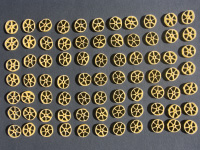
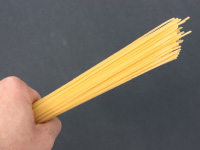
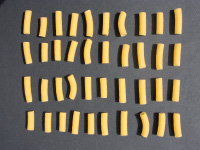
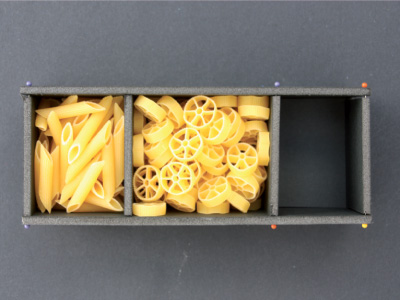
Mediterranean diet bento box
The walls’ system guarantees the option to organize an equilibrate lunch maintaining the freshness and the taste of all the ingredients untouched till the consumption.
The bento box guarantees a simple solution for the correct dosage of mediterranean diet’s ingredients, keeping an eye on calories and the other on taste.
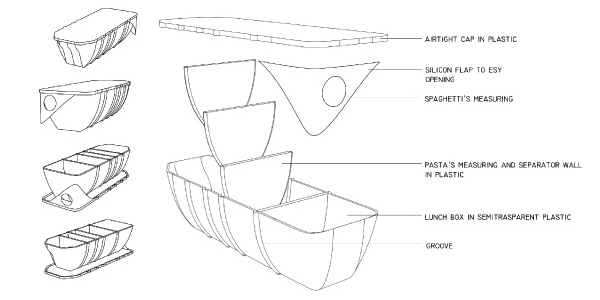
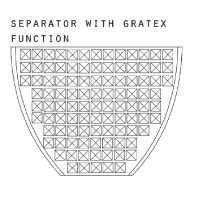
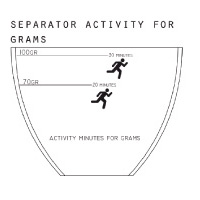
Mediterraneo
“Mini is maxi” is our motto, and this system guarantees the variability of this function.
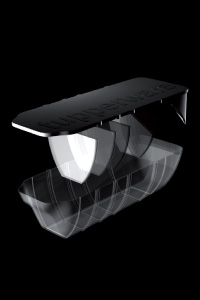
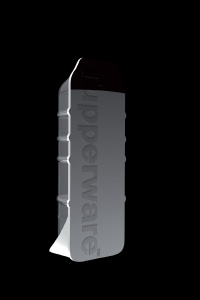
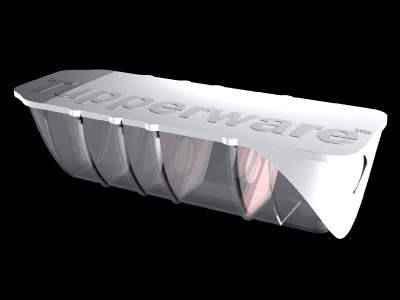
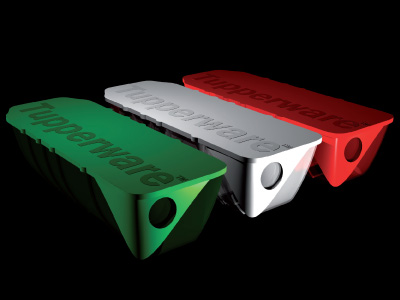
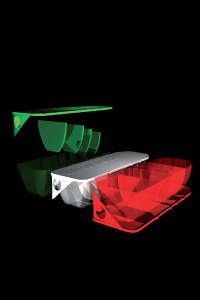
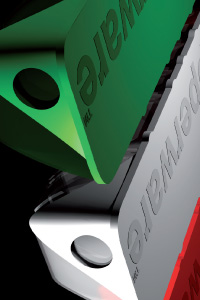
Mediterraneo
è un progetto a cura di:
Luca Maria Arosio
Paolo Emanuele Nava





